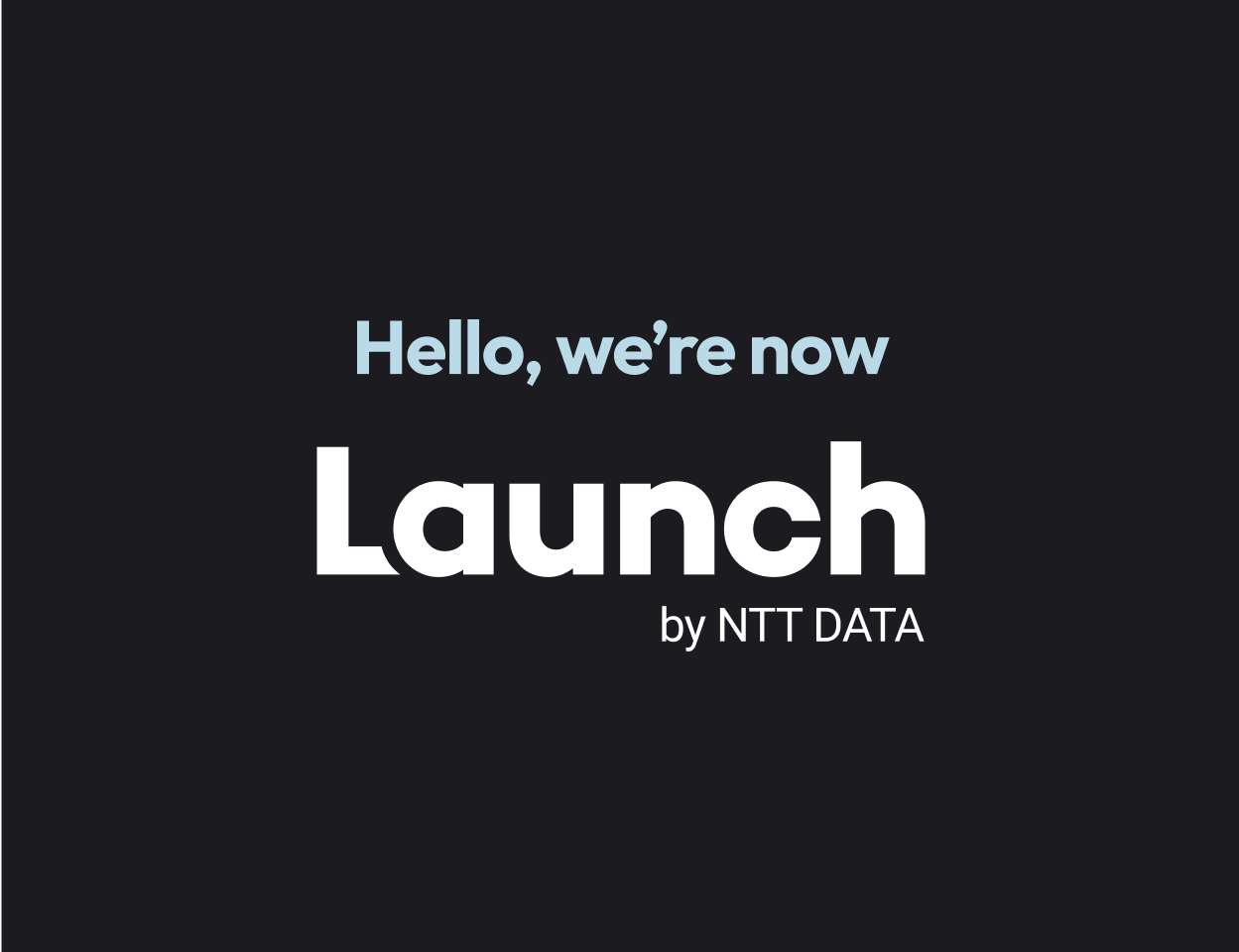Thank you! Your submission has been received!
Oops! Something went wrong while submitting the form.
No results found
Please refine your filters
The first call is all about you
Your business. Your users. Your goals for growth. We want to know about your needs before we dive into how we can help. And it starts with a straightforward conversation.
Let’s chat
































































.jpg)















.jpg)










.webp)


.jpg)


.png)




















































